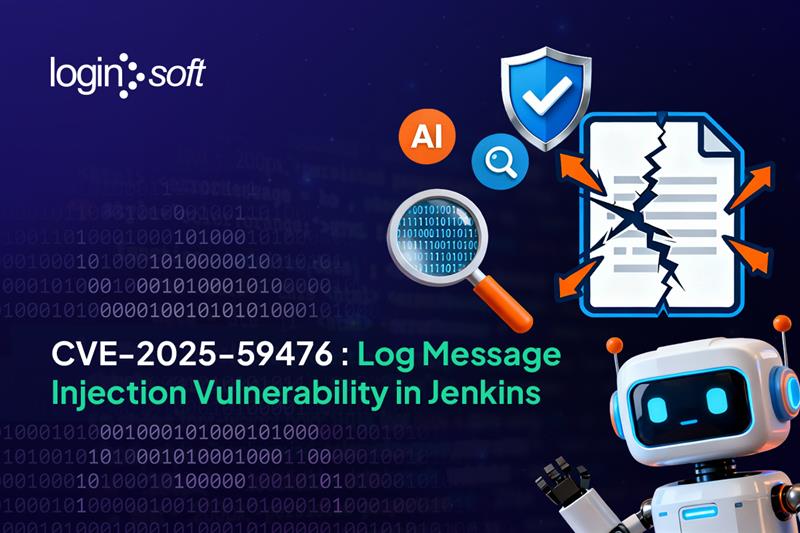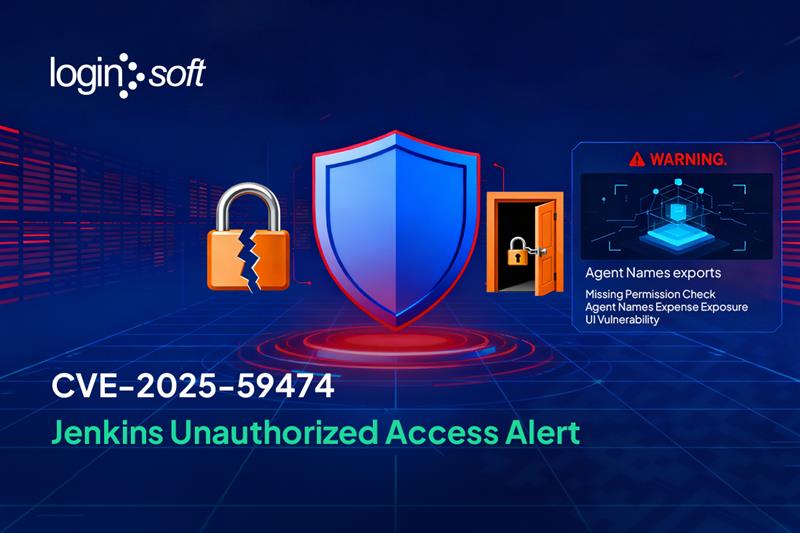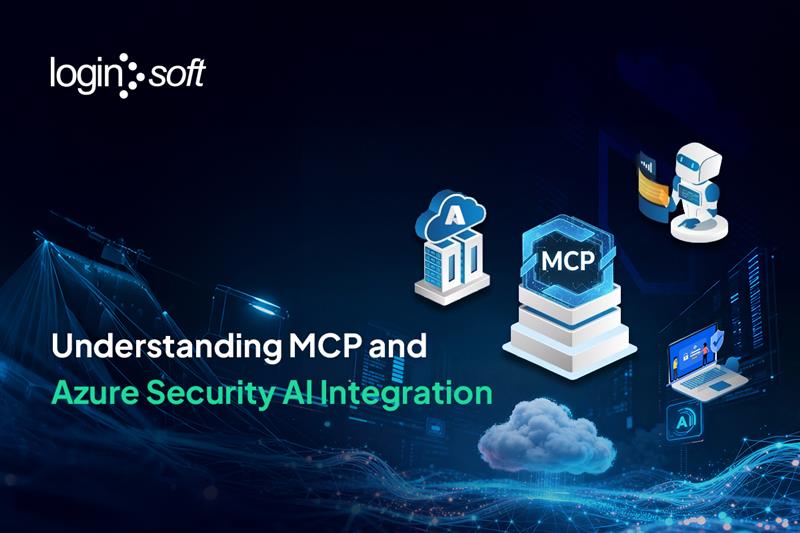On Monday (October 20th 2025) morning, Amazon Web Services (AWS) experienced a major outage in its US-EAST-1 region that brought significant portions of the internet to a standstill. The outage lasted hours. The financial impact was massive. And it all stemmed from one critical failure: over-reliance on a single provider.
The Parallel Your Vulnerability Management Product Can't Ignore
If you're a vulnerability management product vendor for sourcing content from a single provider, yesterday's AWS outage should be your wake-up call.
Just like companies' dependent on AWS learned a painful lesson about single points of failure, vulnerability management products relying on one content provider are exposed to the same risk.
Consider these scenarios:
Your content provider's infrastructure is going down. Whether it's their AWS region, their data centers, or their delivery systems—technical failures happen. When they do, your product stops receiving vulnerability updates, leaving your customers blind to new threats.
Your provider decides to launch their own competing product. They've built the content, they understand the market, and suddenly selling it to you becomes a conflict of interest. Content delivery stops, or pricing becomes prohibitive.
Business pivots and acquisitions. Your provider has acquired. The new owner decides to focus on different markets or integrate the content exclusively into their own products. Your access disappears.
Strategic decisions. Your provider determines that selling content to third-party products isn't their priority anymore. They phase out partnerships to focus on direct sales.
In every scenario, your vulnerability management product - and your customers' security posture—is at risk.
The Business Case for a Backup Content Provider
Having a backup vulnerability management content provider isn't an expense - it's risk mitigation and competitive advantage.
Uninterrupted Service: When your primary provider experiences disruptions, your product continues operating seamlessly. Your customers don't experience gaps in vulnerability coverage.
Customer Confidence: In an industry built on trust and reliability, being able to guarantee continuous service—even when competitors can't - is a powerful differentiator.
Negotiating Position: A backup provider ensures you maintain healthy business relationships based on partnership, not dependency. Vendors take you more seriously when they know you have alternatives.
Data Validation: Multiple content sources allow cross-referencing, improving accuracy, and reducing false positives in vulnerability detection.
Business Continuity: Protect your revenue stream. If your primary provider suddenly stops serving you, you don't lose customers or face costly emergency migrations.
The Reality Check
Yesterday, as AWS struggled to restore services, companies across the globe faced a simple question: "Why didn't we have a backup plan?"
Right now, vulnerability management products relying on a single content provider should be asking themselves the same question.
The next disruption is inevitable. It might be a technical failure. It might be a business decision. It might be something completely unforeseen - just like Monday's AWS outage was for millions of users.
The only question that matters is: Will your product be prepared?
Take Action Now
Don't wait for your content provider's "AWS moment" to realize the importance of redundancy. A backup vulnerability management content provider is an essential infrastructure for any serious security product.
The companies affected by yesterday's AWS outage are now scrambling to build redundancy into their systems. You have the opportunity to be proactive instead of being reactive.
Having a backup content provider means:
- Your customers stay protected, even when others go dark
- Your product maintains its reputation for reliability
- Your business remains resilient against unforeseen disruptions
- You sleep better knowing you're prepared for the unexpected
In vulnerability management, we tell our customers that security requires layers of defense. It's time to apply that same principle to your content supply chain.
Conclusion
The AWS incident wasn’t just downtime; it was a real-world case study of dependency risk.
Every security product needs a backup content provider, not an option, but as part of its core resilience strategy.
Because of cybersecurity, redundancy isn’t a waste, it’s wisdom.
Be the team that’s ready when others scramble.
FAQ: The AWS Outage Lesson
1. What happened during the AWS outage?
The recent AWS US-EAST-1 outage disrupted major online services, showing how even the largest cloud providers can fail. It highlights the danger of depending on a single provider for critical infrastructure or data feeds.
2. Why is relying on a single content provider risky?
If your vulnerability management product depends on only one content source, an outage or business shift could stop your vulnerability updates and expose customers to new threats.
3. What is a backup content provider?
A backup content provider is an alternative vendor that supplies vulnerability intelligence. It ensures your product continues receiving updates even if the primary source fails.
4. How does a backup provider improve resilience?
It guarantees uninterrupted service, protects customer trust, enables data cross-validation for accuracy, and supports overall business continuity.
5. Is redundancy required for compliance?
Yes. Many cybersecurity frameworks emphasize redundancy and continuous monitoring to maintain compliance and prevent coverage gaps.
6. What lesson should security vendors learn from the AWS outage?
Even the strongest infrastructures can fail. For security vendors, this means building redundancy and backup strategies before disruption strikes.
7. What happens if there’s no backup content provider?
Without a backup, your product risks data gaps, downtime, and loss of customer trust - all of which can directly affect reputation and revenue.
8. How can I select the right backup provider?
Choose providers based on content depth, delivery reliability, compatibility, and speed. Ensure they integrate smoothly with your current systems.
9. Is adding a backup content provider costly?
Not really. It’s a proactive investment that prevents costly downtime, supports compliance, and strengthens long-term operational resilience.
10. What’s the main takeaway for vulnerability management teams?
Don’t wait for an outage to reveal your weaknesses. Build redundancy into your vulnerability content supply chain - because in cybersecurity, redundancy isn’t waste, it’s wisdom.








